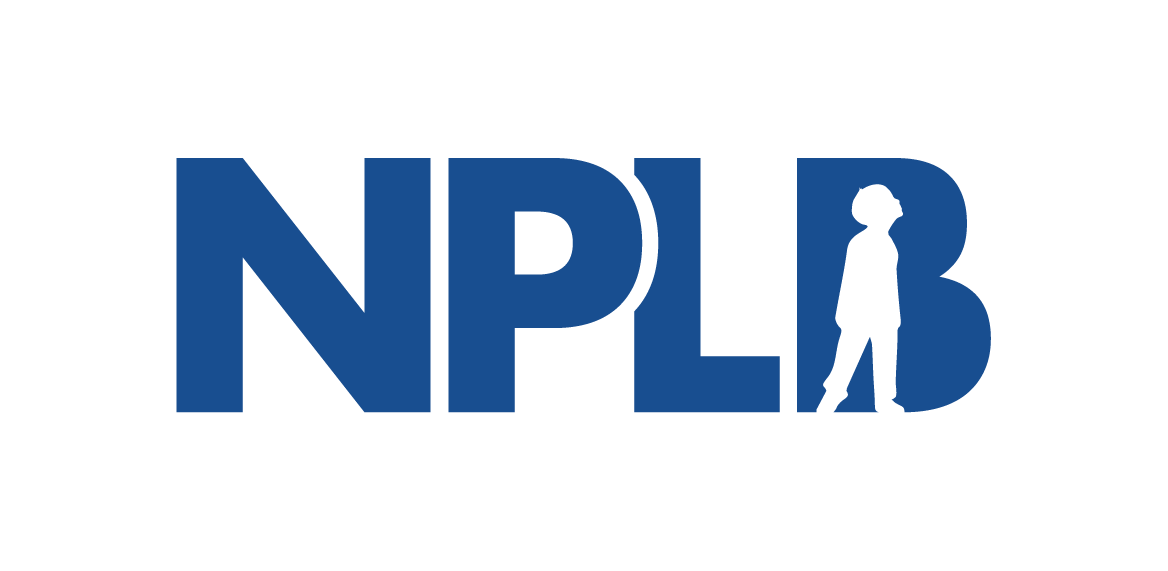Public Comment: Exemptions of the Inflation Reduction Act fail to provide adequate protections
No Patient Left Behind (NPLB) wrote to the Centers for Medicare and Medicaid services (CMS) warning that the exemptions of the Inflation Reduction Act fail to provide adequate protections for orphan drugs and other small molecule treatments.
Why IRA’s “Exceptions” Do Not Work
Small biotech exception not relevant for any drugs in development today
The IRA only exempts small biotech companies from government negotiated price-setting from 2026-2028. Given the IRA’s negotiation and price-setting timeline, even without the exemption, no small biotech company products would be eligible for government negotiated price setting until after 2030. Even if the exemption did apply to a small biotech with a government negotiated price-setting eligible product, the IRA’s time-limited exception depresses the value of the company and makes it less likely to attract significant new financing or be acquired by a large manufacturer. The exception does not protect small biotechs that are acquired by larger companies and investors are less willing to fund a drug’s development if it lacks the capabilities of a large manufacturer to meet commercial demand and receive adequate formulary placement amongst the highly market-concentrated vertically integrated Medicare Advantage health plans and pharmacy benefit managers (PBMs).
Orphan exception disincentives companies from pursuing multiple orphan indications
Drugs with multiple orphan drug designations are not exempt from the IRA’s government negotiated price- setting. Most orphan drugs that are relevant for Medicare populations are oncology drugs that have orphan drug designation for multiple diseases (e.g. lung cancer and colorectal cancer with a specific genetic mutation). Rather than encourage orphan drug R&D, the provision forces companies to make the impossible choice of which one orphan indication to pursue, when they could pursue many.
Exception for limited revenue therapies
Any drug with fewer than $200M in total sales 9 years after FDA approval is already a commercial failure and likely did not justify the ~$2.5B of R&D costs it took to develop the therapy. While patients and society may benefit from the incremental improvement or the therapeutic bridge the less-successful innovation may have allowed until a better innovation or cure was developed, price set by Medicare, or genericized, the manufacturer still unlikely is to be materially helped by the IRA’s exception.

